Types of lavender: 15 stunning varieties to grow in your garden
These types of lavender will add charm to cottage gardens, pots and patios, borders and bee-friendly plantings

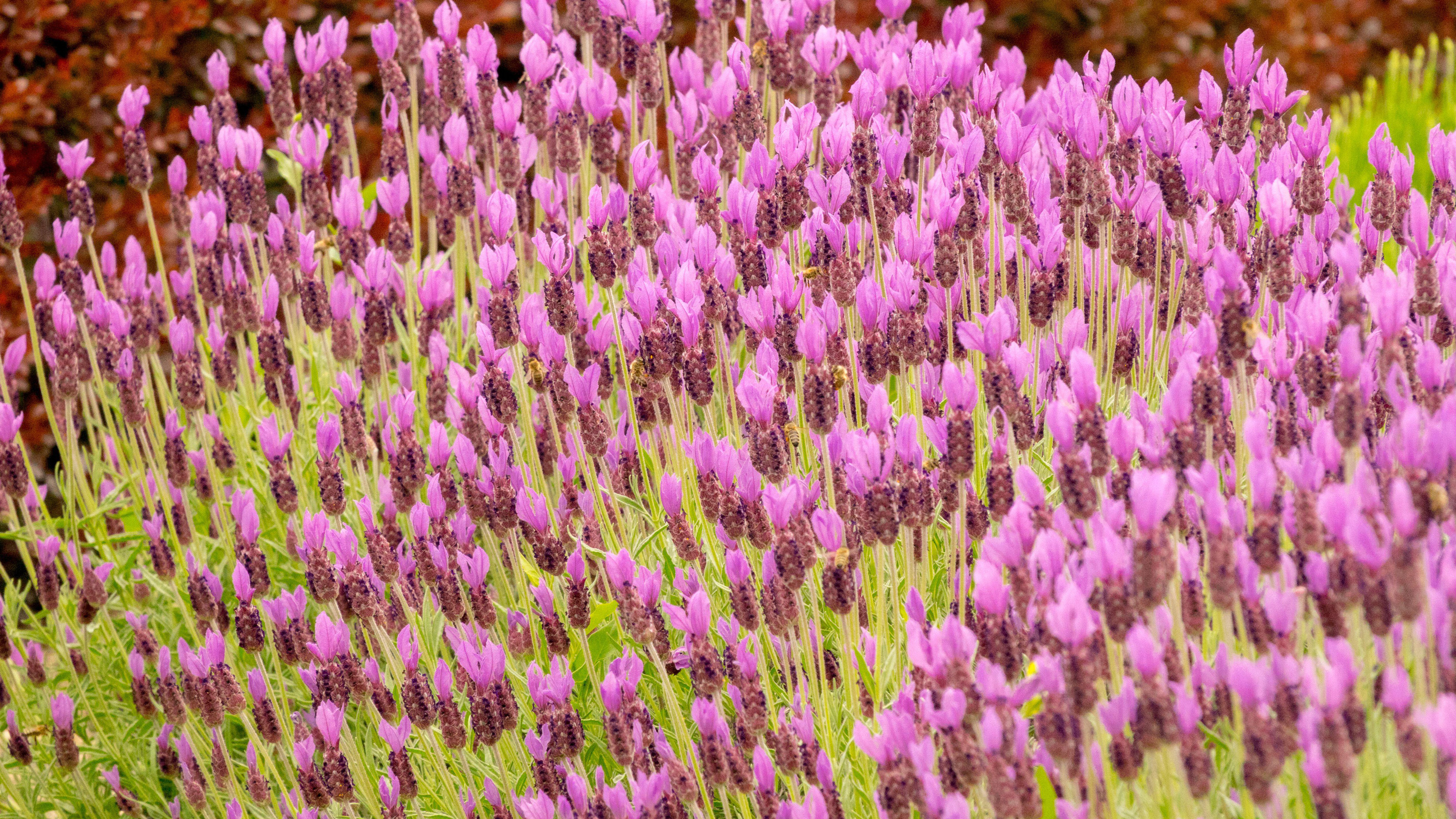
Easy-going, sun-loving and bee-friendly, all types of lavender exude a distinctive and enduring fragrance, and they deserve a spot in every garden. With their silver leaves and richly tinted flowers, these plants are ideal both as edgings and bold accent displays, and renowned for their medicinal and culinary properties. With so many uses, more and more new varieties are becoming available.
In terms of positioning, lavenders are great as low hedges, look lovely in front of old roses, and are essential in silver and grey borders. As well as working well in both traditional and modern flower beds, several are also superb in containers on sunny patios and balconies. Although they love sunshine, these small evergreen shrubs will thrive with no direct sun, as long as the shade is from the side and the plants are open to the sky.
Lavenders are also drought resistant, making them ideal for drought gardens and xeriscaping (literally ‘dry landscaping’) projects. All that's really needed for lavender care is to find a spot with good drainage – and they will make some of the most reliable perennials you can grow, although certain breeds will need replacing after 15 years.
These different types of lavender will fill your borders and displays with unforgettable long-lasting fragrance, and the flowers and buds of these cottage garden classics can be cut fresh or dried.
Here we show you some of the best to choose for iconic perennial purples, pinks and whites that are sure to invigorate your plot with memorable perfumed delights.
Add fragrance and bee-friendly charm with these types of lavender
Choosing from the various types of lavender will depend on where you wish to plant them. Whether you favor English, French, dwarf, lavandin or fringed types, if you are looking for ideas for landscaping with lavender, give some thought to hardiness and humidity. These impact health, growing speeds, floral displays and fragrance.
Factor in what sort of foliage you prefer, and any preference of flower color or shape. Even flowering seasons vary; some varieties develop earlier, while others bloom in the fall.
Our selection of the best lavender varieties includes options for garden borders and containers, from compact shrubs to more prolific and statuesque flowering plants.
1. ‘Alba’ AGM
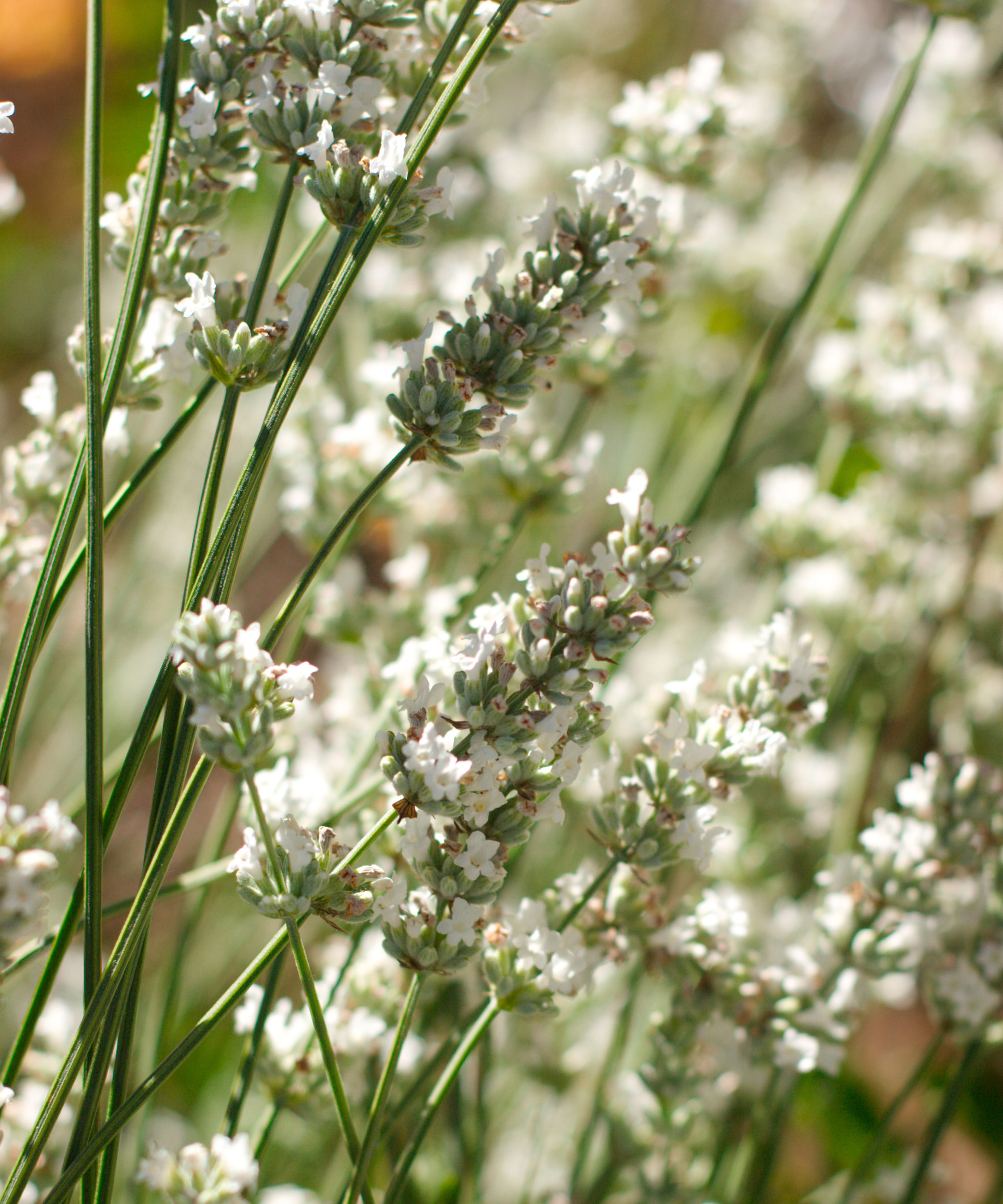
- Hardiness: USDA 5 (UK H5)
- Height: 3-4ft (90cm-1.2m)
- Best for: Dried flowers for fragrance
‘Alba’ is tough, tall and one of the strongest growing lavenders you can find. For gardeners keen to cultivate memorable sensory garden ideas, this hardy lavender (Lavandula x intermedia) has exceptionally fragrant foliage and scented conical white flowers.
As well as being good dried on account of its rich fragrance, this white variety is deer resistant. It works well partnered with shrub roses and drought-tolerant plants such as cistus. Cut back by a third immediately after flowering, even if it means cutting away some late flowers.
2. ‘Papillon’
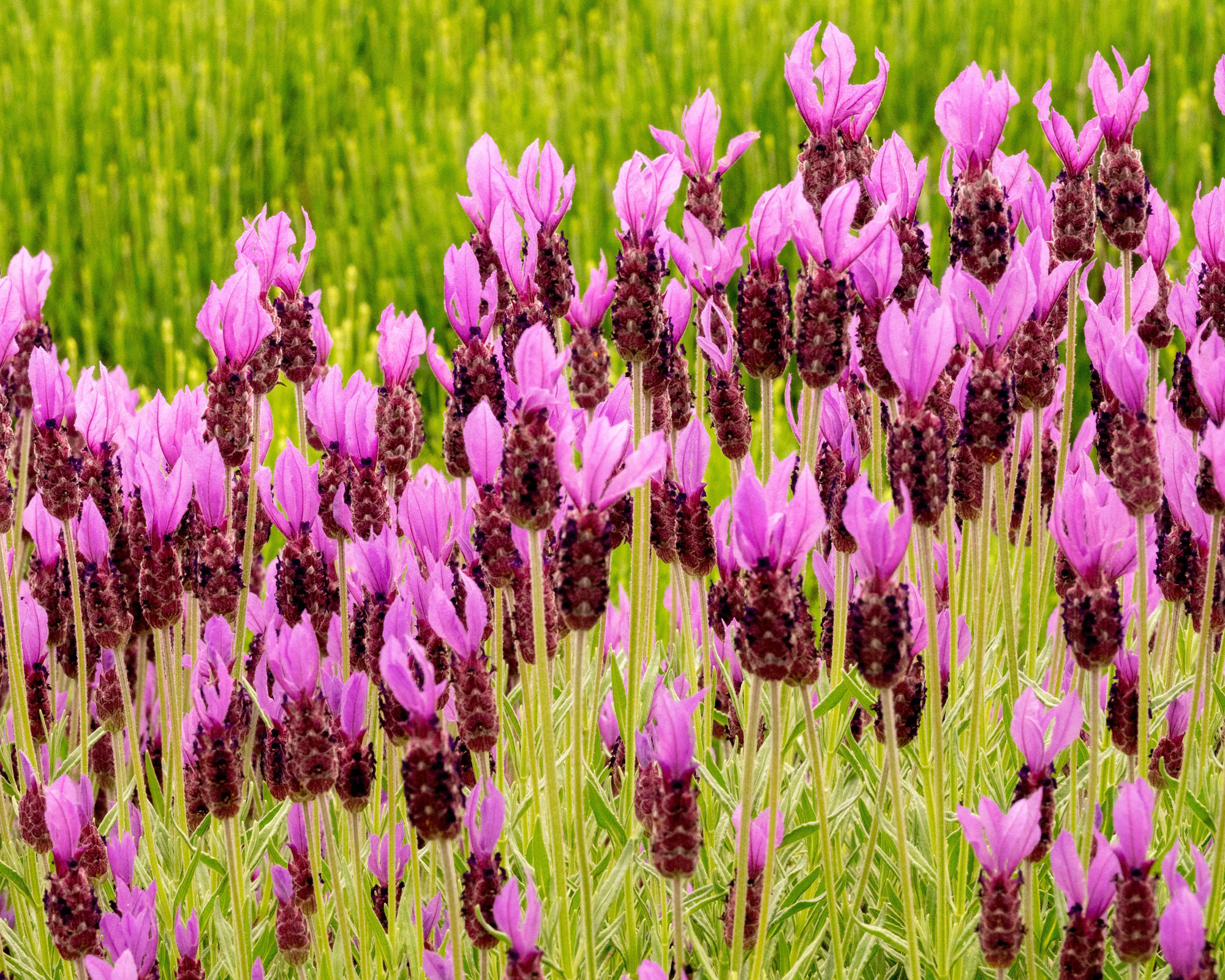
- Hardiness: USDA 7 (UK H4)
- Height: 24in (60cm)
- Best for: Mediterranean plantings
With its dense violet flowers crowned with lilac frills, ‘Papillon’ is one of the most striking types of lavender you can grow. This frost hardy plant (L. stoechas) is ideal if you're searching for Mediterranean garden ideas and want to add a continental flourish to your gardens.
Short and neat with narrow aromatic leaves, this lavender works well in deer-resistant plantings as well as containers. It pairs well with cistus, cytisus, cerinthe and other Mediterranean annuals.
Cut back to 9in (23cm) immediately after the first flowers fade.
3. ‘Imperial Gem’ AGM
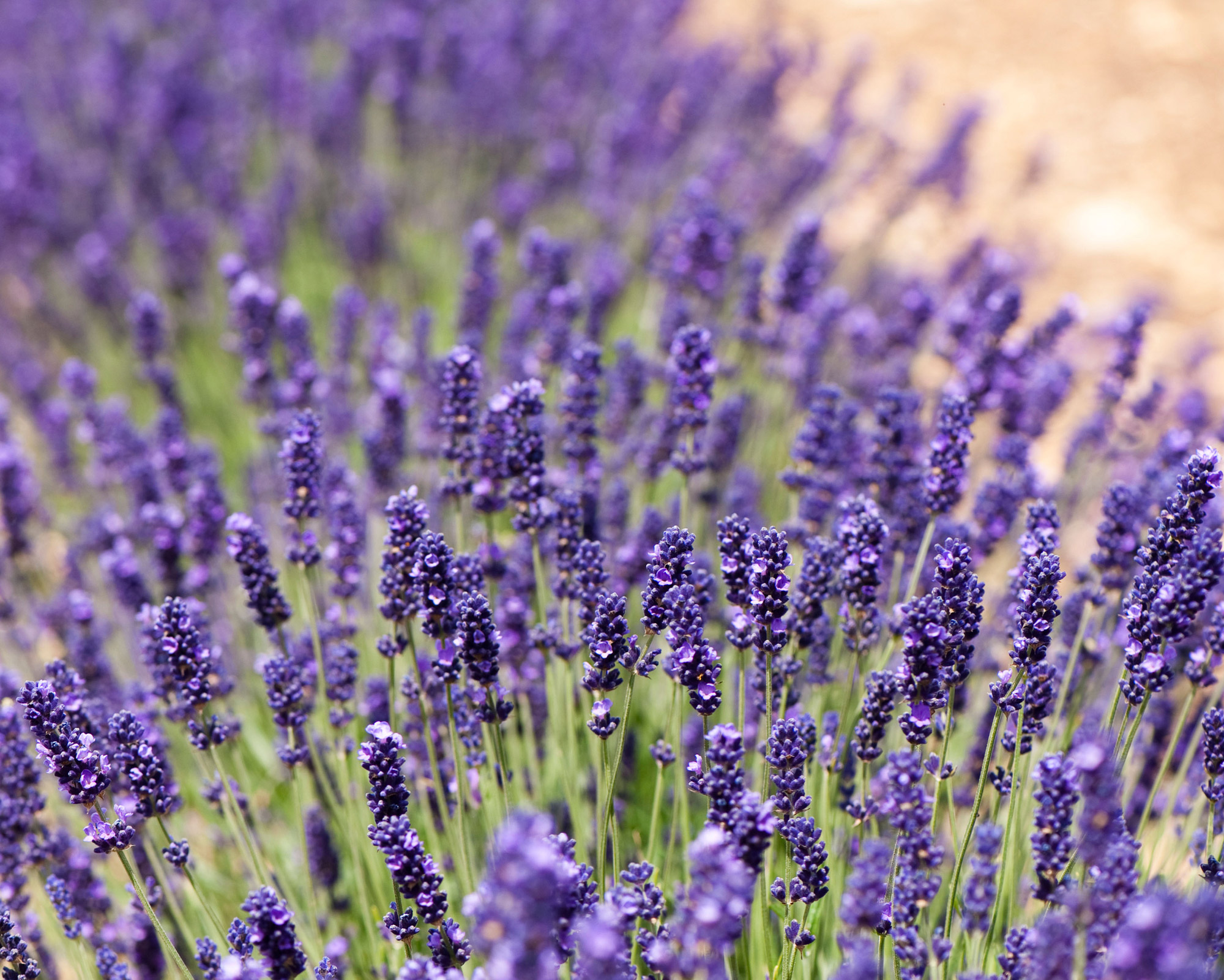
- Hardiness: USDA 5 (UK H5)
- Height: 2ft (60cm)
- Best for: Drought-tolerant plantings
Lovers of dry landscaping (xeriscaping) and drought-friendly plantings will adore ‘Imperial Gem’, one of the hardy L. angustifolia lavenders. If you’re after the best drought-tolerant plants this charming blend of deep purple flowers and silver foliage will work a treat.
As well as working well in dry garden designs, this AGM winner is lovely in large containers and is also good for low hedges. Partners beautifully with heirloom roses, cistus, euphorbias and perovskia. When pruning, just remember to cut back by a third after flowering.
4. ‘Hidcote Giant’ AGM
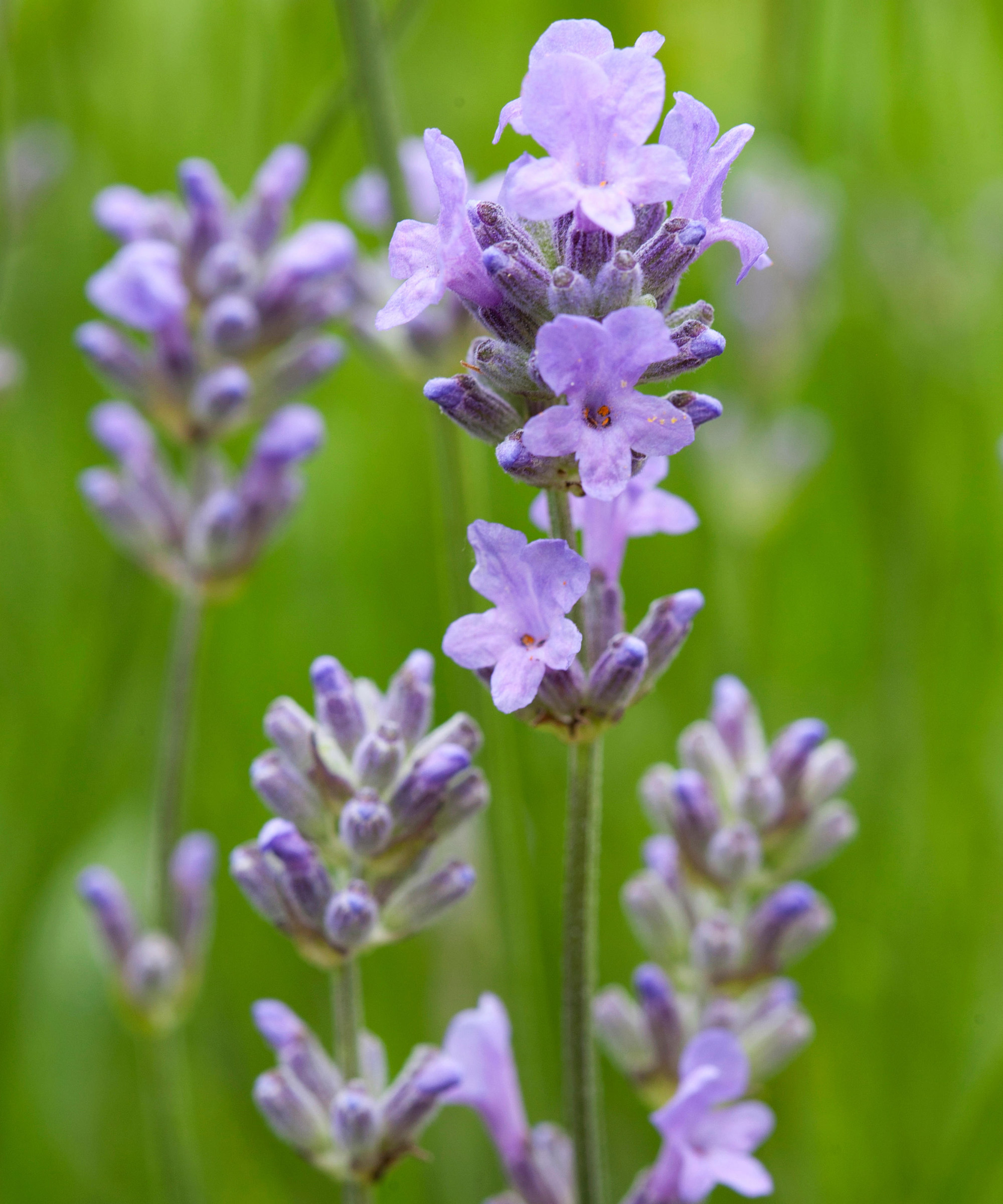
- Hardiness: USDA 5 (UK H5)
- Height: 3ft (90cm)
- Best for: Difficult conditions
Relatively tall, but robust, ‘Hidcote Giant’ is a rather untidy but charming choice. These hardy lavenders (Lavandula x intermedia) have broad, grey-green leaves that are particularly aromatic and short flower spikes of flowers in traditional lavender blue.
If you need a planting partner for all types of euphorbia, cistus and heirloom roses, these lavender varieties are ideal. Larger and less neat than ‘Hidcote’, they are also good for difficult conditions and drying, as well as mixed borders.
When pruning lavender, cut back by a third after flowering.
5. ‘Munstead’
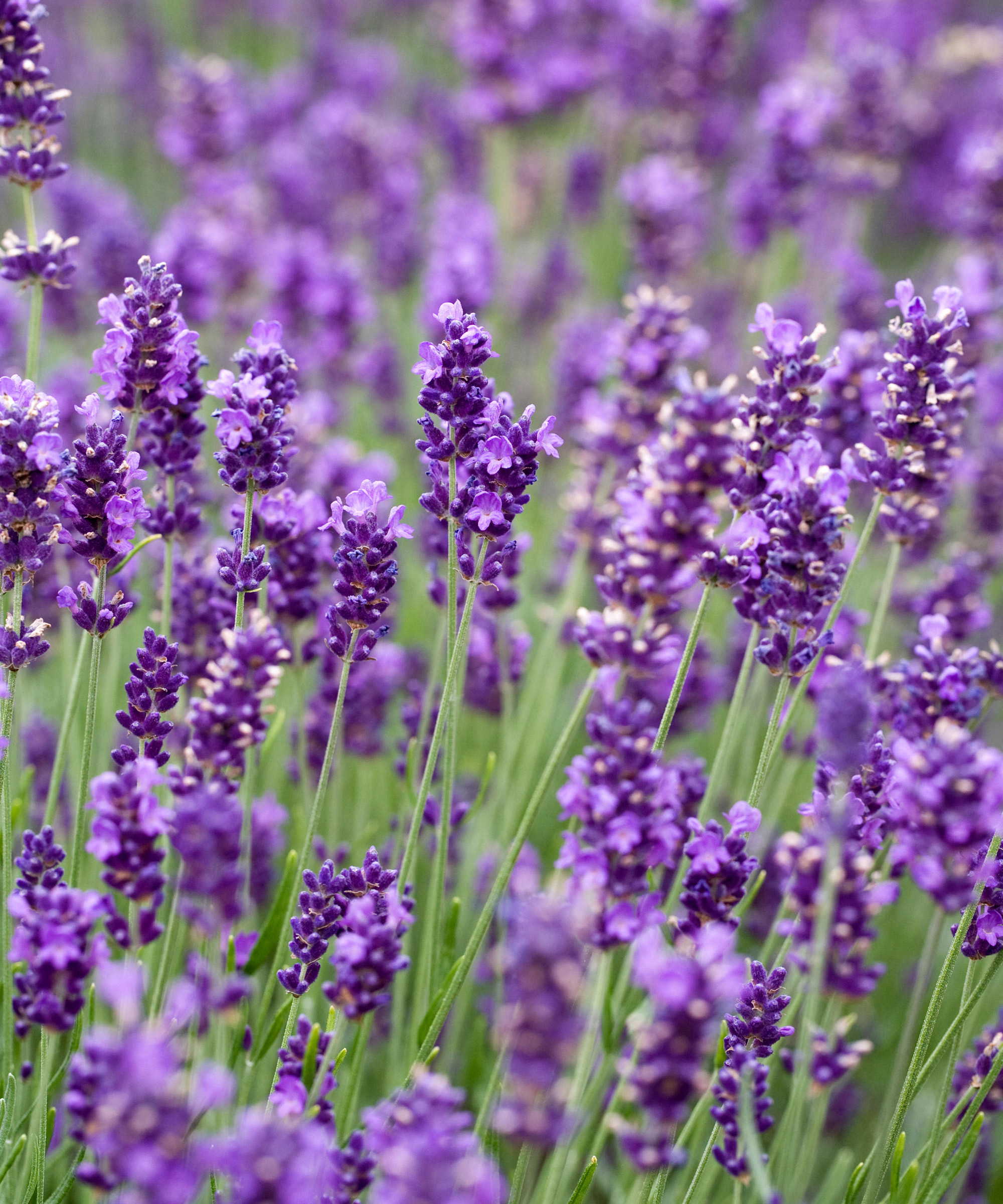
- Hardiness: USDA 5 (UK H5)
- Height: 24in (60cm)
- Best for: Cottage gardens
Popular for many decades, this hardy lavender (L. angustifolia) was named for the garden of legendary botanical designer Gertrude Jekyll at Munstead Wood. 'Much use is made of this dwarf kind of lavender, which is also amongst the best of the July flowers,' said Jekyll.
Fragrant and rosy purple, ‘Munstead’ is a gorgeous option for cottage garden ideas, drought-friendly spots and historic gardens. Just cut back by a third after flowering.
These compact English lavenders make excellent plant partners for heirloom roses, yuccas and coronilla.
6. ‘Richard Gray’ AGM
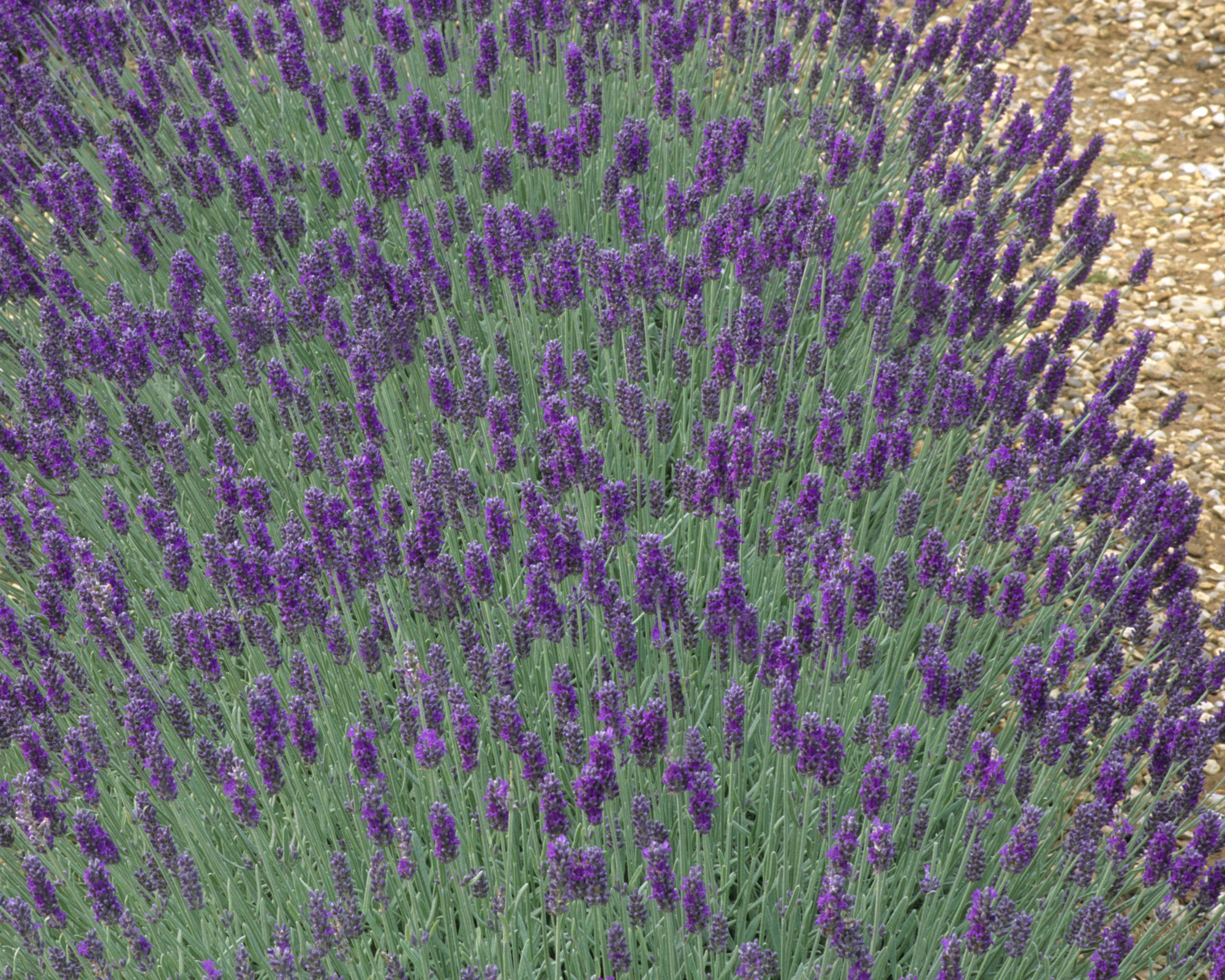
- Hardiness: USDA 8 (UK H4)
- Height: 2ft (60cm)
- Best for: Glazed container growing
‘Richard Gray’ is a superb yet tender floral of medium size. These lavenders (Lavandula x chaytoriae) are compact and half-hardy. They have super silvered foliage, which is beautiful in itself but also makes the perfect background for the cylindrical spikes of purple flowers.
Given its compact habit and striking coloring, it makes a lovely specimen plant for a glazed pot, as well as xeriscaping. If you are growing rosemary, this lavender makes an excellent pairing for prostrate or creeping rosemary. It also partners well with Convolvulus cneorum and ‘Jackman’s Blue’ rue.
Cut back hard after its first flowering, and tidy up in the fall.
7. BeeZee Series
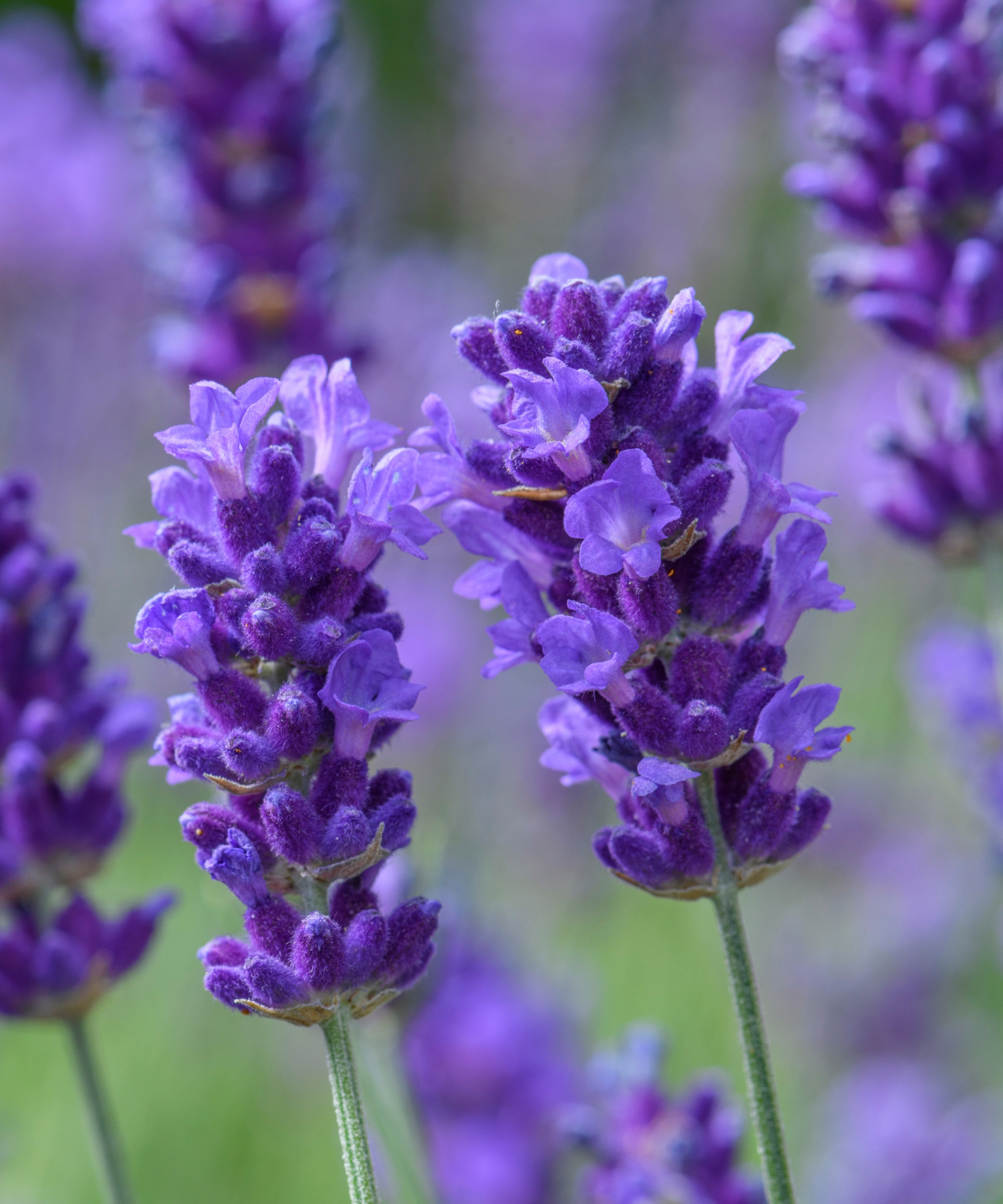
- Hardiness: USDA 5 (UK H5)
- Height: 16in (40cm)
- Best for: Window boxes
While many lavender varieties can spread easily, the BeeZee Series is a compact hardy type of English lavender (L. angustifolia). Plants in this new summer-flowering series have slender spikes, and come in five blue, pink and white shades.
With grey-green summer foliage that becomes more silvered in winter, the BeeZee Series is ideal for vibrant violet window box ideas, neat containers and dainty edging. It makes a delicate plant partner for taller lavenders and ornamental sage. Cut back by a third after flowering.
8. ‘James Compton’ AGM
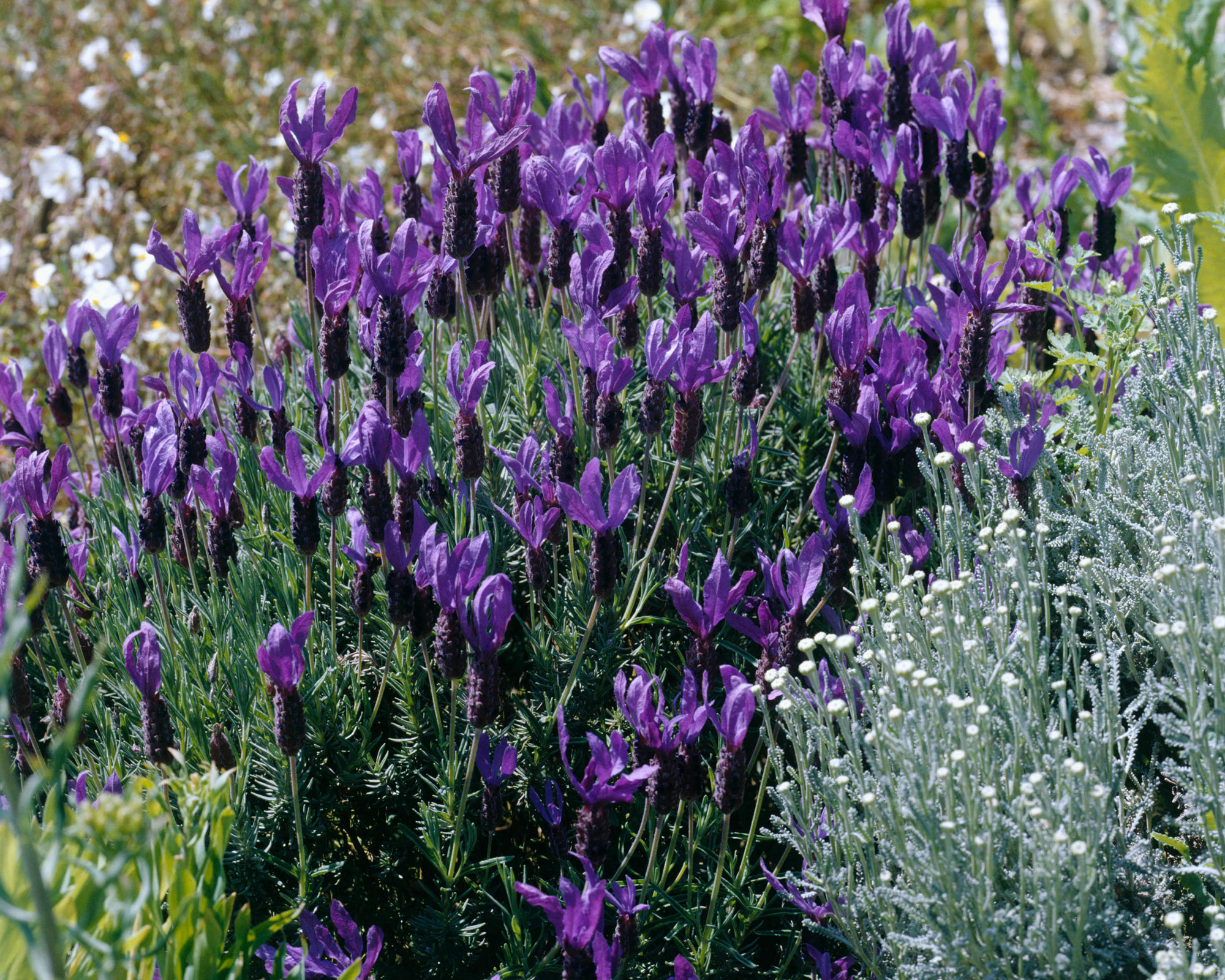
- Hardiness: USDA 9 (UK H3)
- Height: 28in (80cm)
- Best for: Seaside and gravel gardens
Found growing wild in Southern Spain, ‘James Compton’ is one of the prettiest frost-hardy lavenders (L. pedunculata) you can find. Narrow, grey-green leaves support tall flower stems topped by dense clusters of honey-scented purple flowers with long purplish-red ‘sails’.
These Spanish lavender varieties are great in drought-friendly and Mediterranean gardens. They make some of the best coastal plants and work well if you're landscaping with gravel too. Partner with cytisus, fritillaries and poppies in pastel shades, and deadhead through the flowering season.
9. Little Lady (‘Batlad’) AGM

- Hardiness: USDA 7 (UK H5)
- Height: 2ft (60cm)
- Best for: Planting a hedge
Little Lady is one of the neatest and bushiest lavenders you can grow. This hardy variety (L. angustifolia) has unusually green and glossy foliage that is strongly aromatic. It also has intense purple flowers that sit low on the plant on short stems for maximum impact.
If you are looking to plant a lavender hedge, this is an excellent breed to try. It also makes a neat specimen in a terracotta container. Cut back by a third after flowering, and partner with helianthemums, creeping gypsophila and ornamental sage.
10. ‘Meerlo’
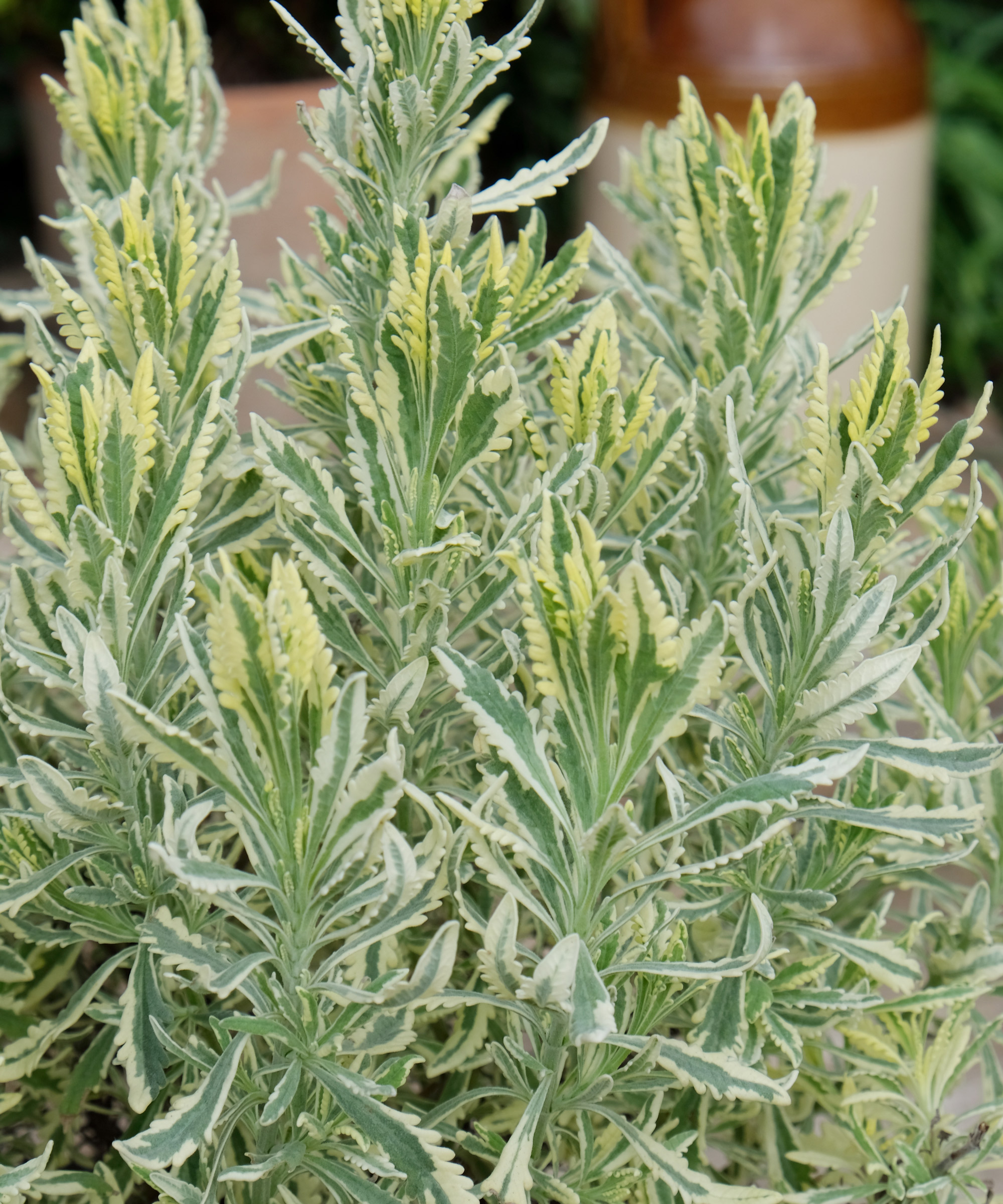
- Hardiness: USDA 9 (UK H4)
- Height: 2-3ft (60-90cm)
- Best for: Container gardening
If you are looking for the most water-wise lavenders, Lavandula x allardii varieties like this one grow well in heat and humidity. These tender yet vigorous plants have beautifully variegated and highly fragrant foliage, and pale blue flowers in summer.
‘Meerlo’ is a small shrubby lavender and works best as a specimen. It is a fine choice for well situated container gardening ideas, although it will also look lovely underplanted with blue campanulas.
Deadhead continually as the flowers fade, with the occasional severe prune.
11. ‘Sawyers’ AGM
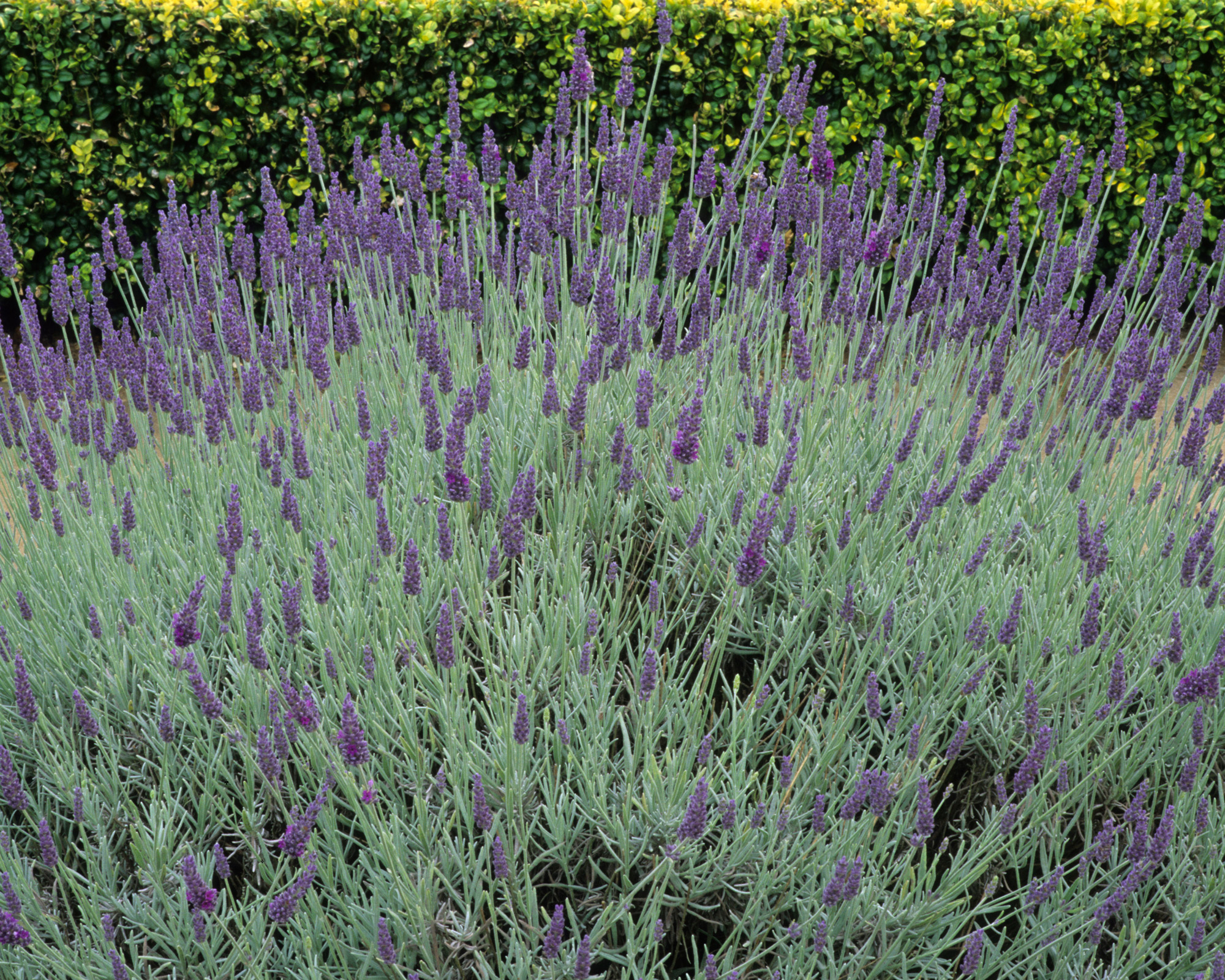
- Hardiness: USDA 8 (UK H4)
- Height: 2ft (60cm)
- Best for: Pollinator gardens
This AGM winner grows as a dense mound of exceptionally well-silvered foliage setting off the pointed spikes of large fragrant purple flowers beautifully. If you are keen to grow bee-friendly plants, this lavender is especially noted as an attractor for bees.
As well as working hard in a pollinator garden, this half-hardy lavender (Lavandula x chaytoriae) is lovely in containers and xeriscaping designs. It is a great plant partner for euphorbias, rosemary and coronilla.
Cut back hard after its first flowering, and tidy up in the fall.
12. ‘Hidcote’
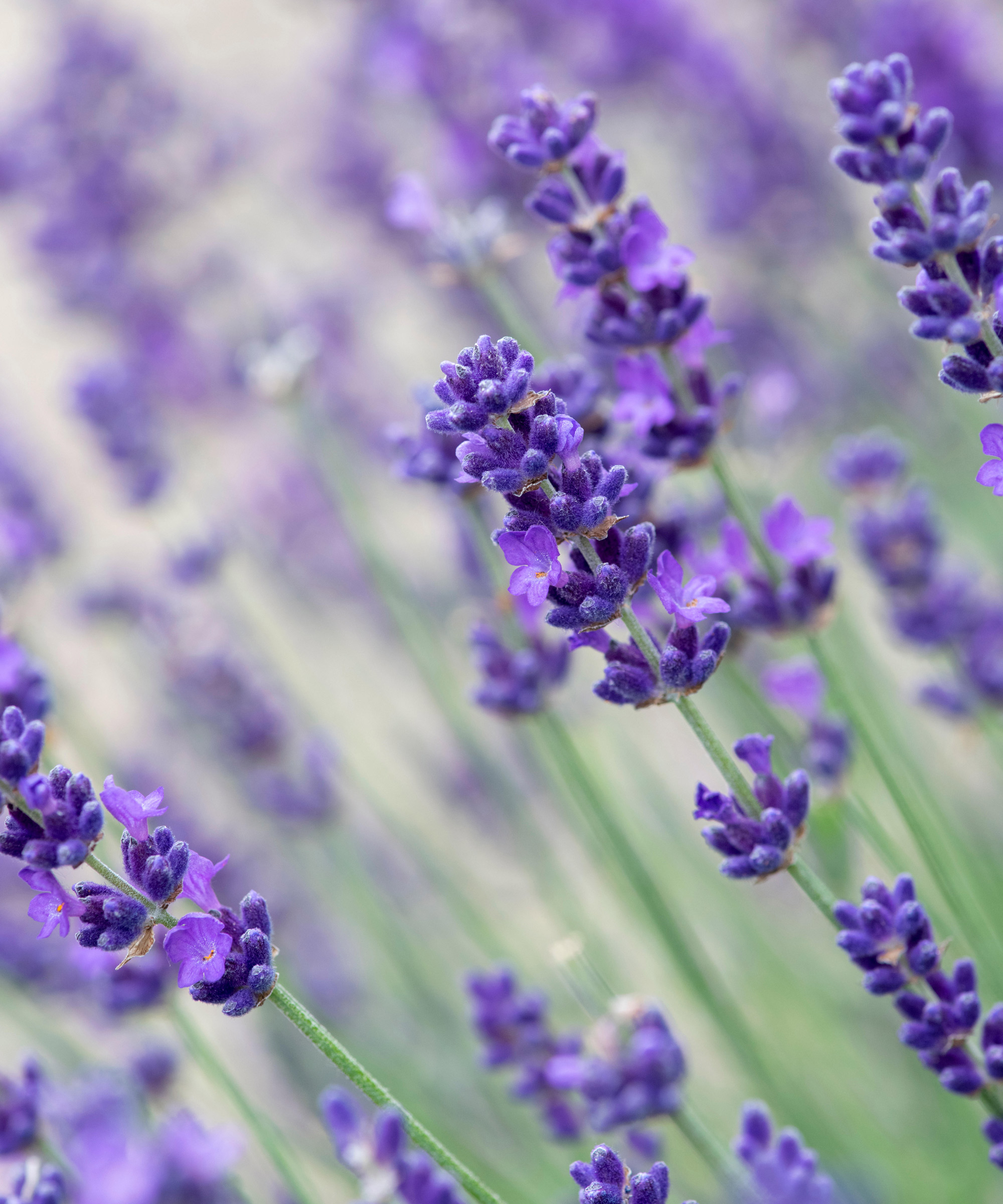
- Hardiness: USDA 5 (UK H5)
- Height: 30in (75cm)
- Best for: Cottage gardens
Gardeners after the hardiest types of lavender will adore ‘Hidcote’. This classic hardy variety (L. angustifolia) is still going strong after 100 years. Not to be confused with ‘Hidcote Giant’, it has slender, grey-green leaves with narrow, dense spikes of rich violet flowers opening in mid-summer.
Anyone with a passion for growing the bearded iris will find this lavender the perfect planting partner. It also grows beautifully with heirloom roses and is good for low hedges.
Perfect in cottage gardens, historic gardens and drought-friendly gardens. Cut back by a third after flowering.
13. ‘Miss Katherine' AGM
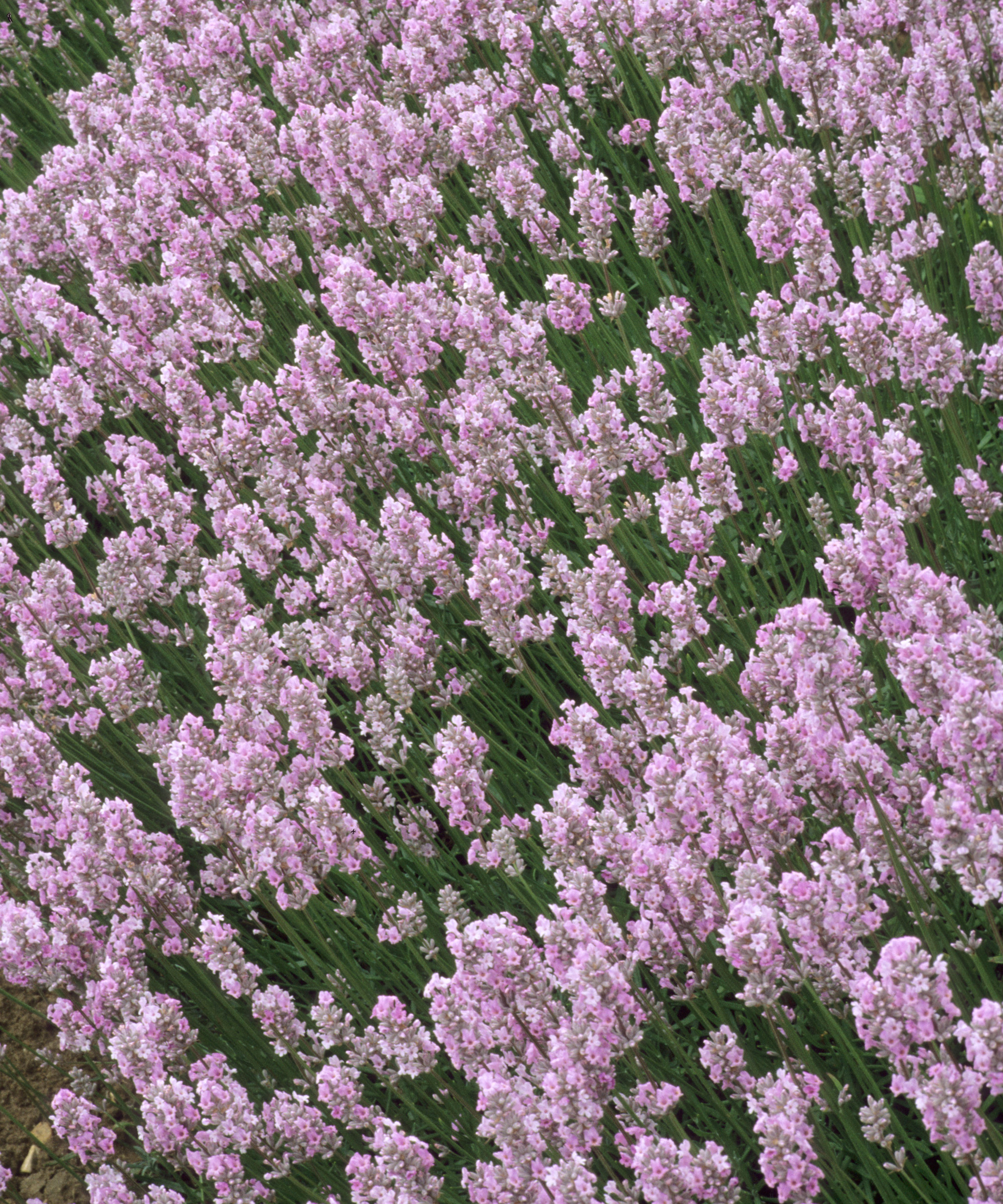
- Hardiness: USDA 5 (UK H5)
- Height: 2ft (60cm)
- Best for: Pastel plantings
Neat and compact, ‘Miss Katherine’ is another of the hardiest lavenders (L. angustifolia) and by far the best pink amongst the hardy varieties. So if you are looking for a garden color scheme with a pastel accent, this AGM winner is ideal.
As well as pastel plantings, this pretty pink lavender neatly offsets blue flowers, silver foliage and white or red roses. Featuring a star on each fragrant flower as well as grey-green foliage, it looks lovely in hedging, drought gardens and mixed borders. Cut back by a third after flowering.
14. ‘Nana Alba’ AGM
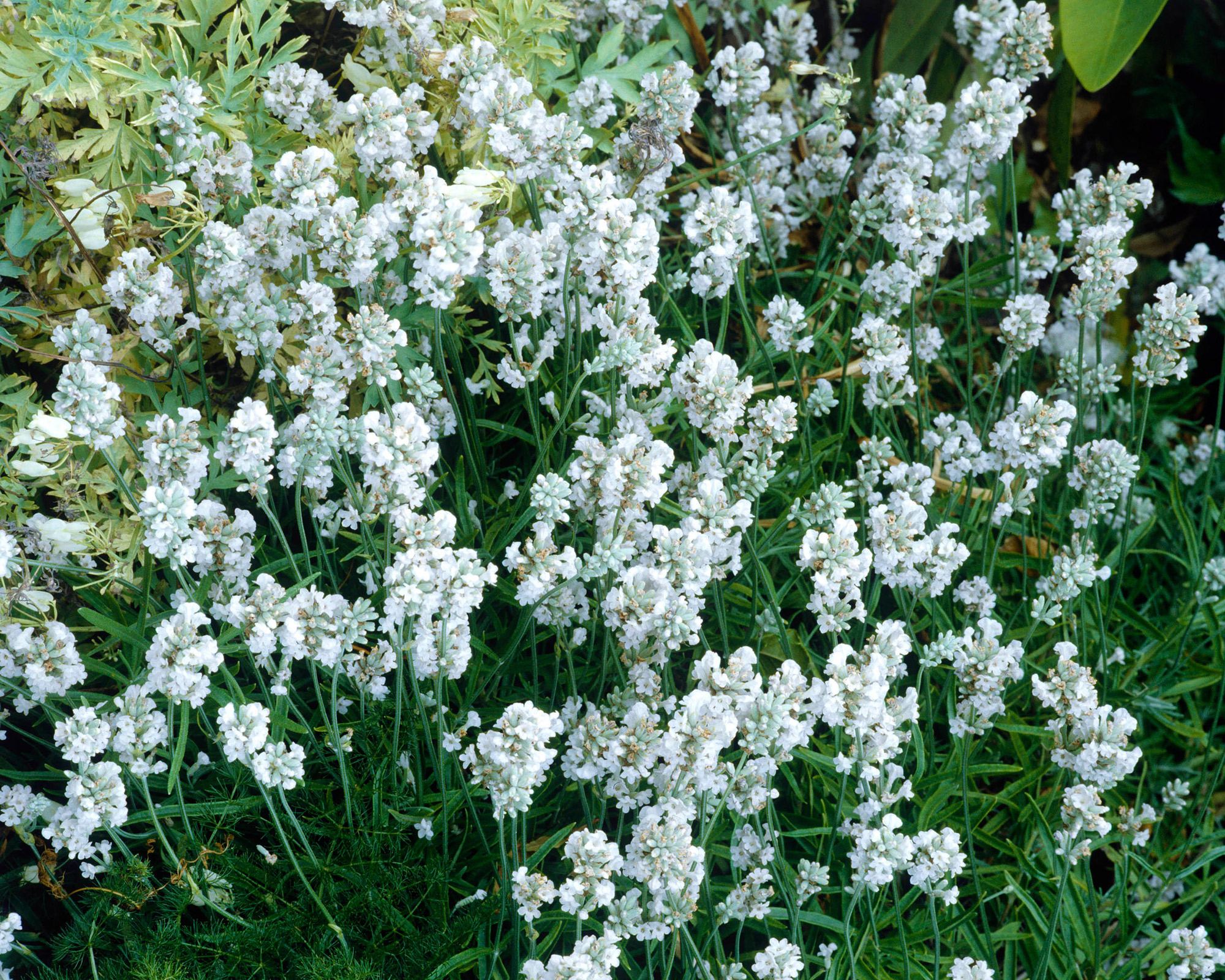
- Hardiness: USDA 5 (UK H5)
- Height: 12in (30cm)
- Best for: Lavender groupings
‘Nana Alba’ is one of the most striking lavenders in our selection by virtue of its pure white flowers. Another of the hardiest varieties (L. angustifolia), this old, dwarf lavender has broad, greenish-grey and exceptionally aromatic foliage, with stems in greyer tones.
Thanks to its brilliant blooms, this lavender is ideal with purple flowers and lavender collections where rich violet varieties showcase the white to perfection. This deer-resistant lavender also works well in mixed borders and dried flower displays. Cut back by a third after flowering.
15. ‘Phenomenal’
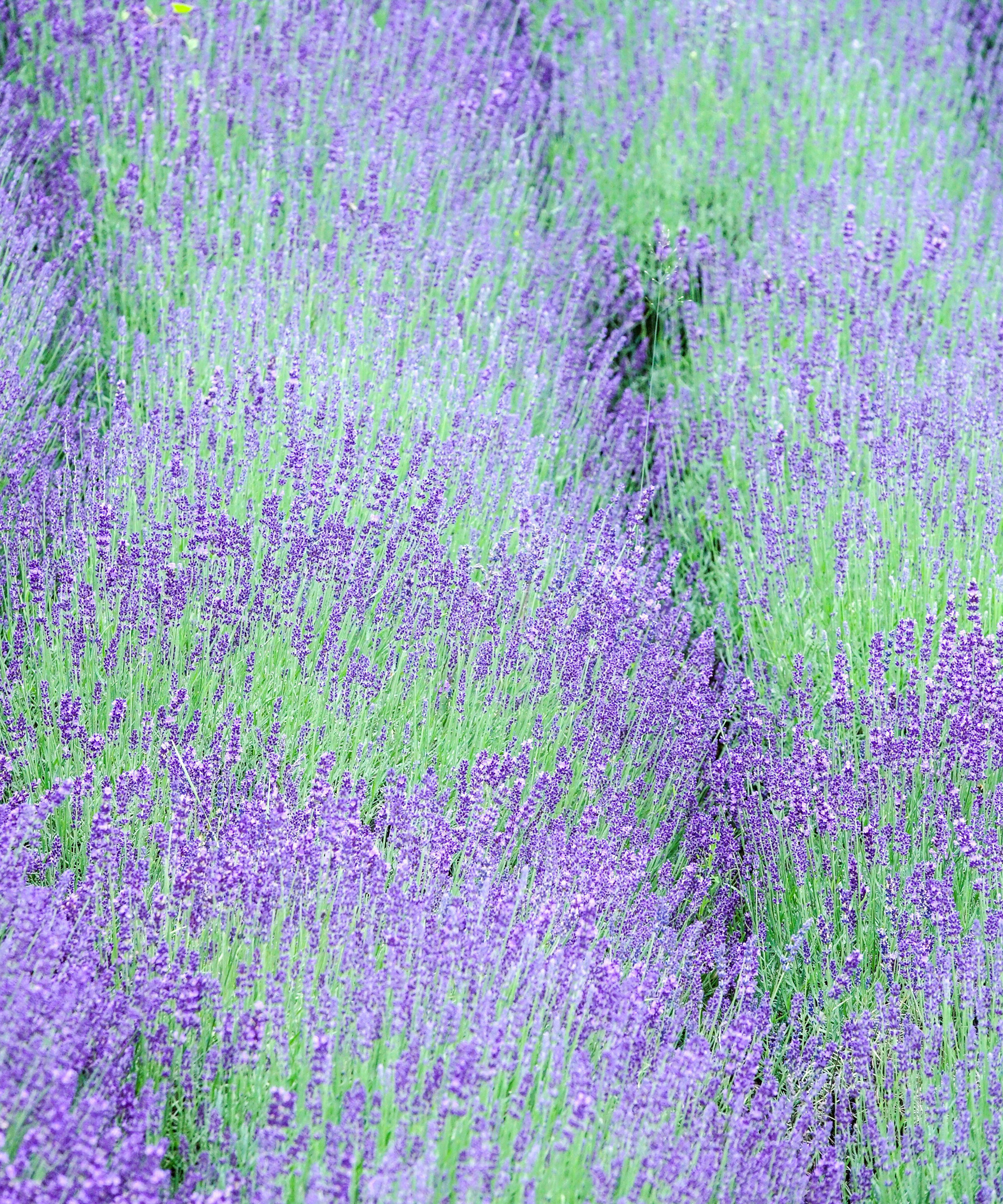
- Hardiness: USDA 5 (UK H5)
- Height: 28in (80cm)
- Best for: Winter hardiness
This lavender is impressively winter-hardy. This mid-sized hardy shrub (Lavandula x intermedia) has silver foliage and fragrant spikes of slender purple-blue flowers on tall stems. It is unusual in combining winter hardiness with tolerance of heat and humidity.
Thanks to its hardiness, this lavender works well in gardens where other lavender varieties struggle through the winter. It sits beautifully alongside all kinds of winter heather as well as phlomis, perovskia and rosemary. Cut back by a third after flowering.
How many types of lavender are there?
The Royal Horticultural Society (RHS) reports that 914 different kinds have been named over the years. However, many were named decades – even centuries – ago, and are either no longer available or turned out to be no different from existing varieties.
Development continues to this day, with new varieties for both oil production and the garden still on the way. Here are the main groups to watch out for:
- English lavender (Lavandula angustifolia) is also known as the ‘common’ or ‘true’ lavender. Compact and growing on short spikes, it’s great for pretty garden path ideas, rock gardens and raised wall beds. It’s strongly scented and can be left out in winter in free-draining soil.
- French lavender (L. stoecha), aka ‘butterfly lavender’ or ‘Spanish lavender’ is less hardy than English lavender. Distinctive for their feathery wings or sails, they work well with charming garden planter ideas that you can move inside over winter.
- Hybrid lavandins (Lavandula x intermedia) blend L. angustifolia and L. latifolia lavenders. They are good at tolerating heat, cold winters and wetter soils. Great as an accent plant and for hedges and rockeries.
- Fringed lavender (L. dentata) is named after its distinctive toothed (dentate) leaves, which have a deeply aromatic scent. Its foliage and colorful spikes make it a charming addition to pots and tubs.
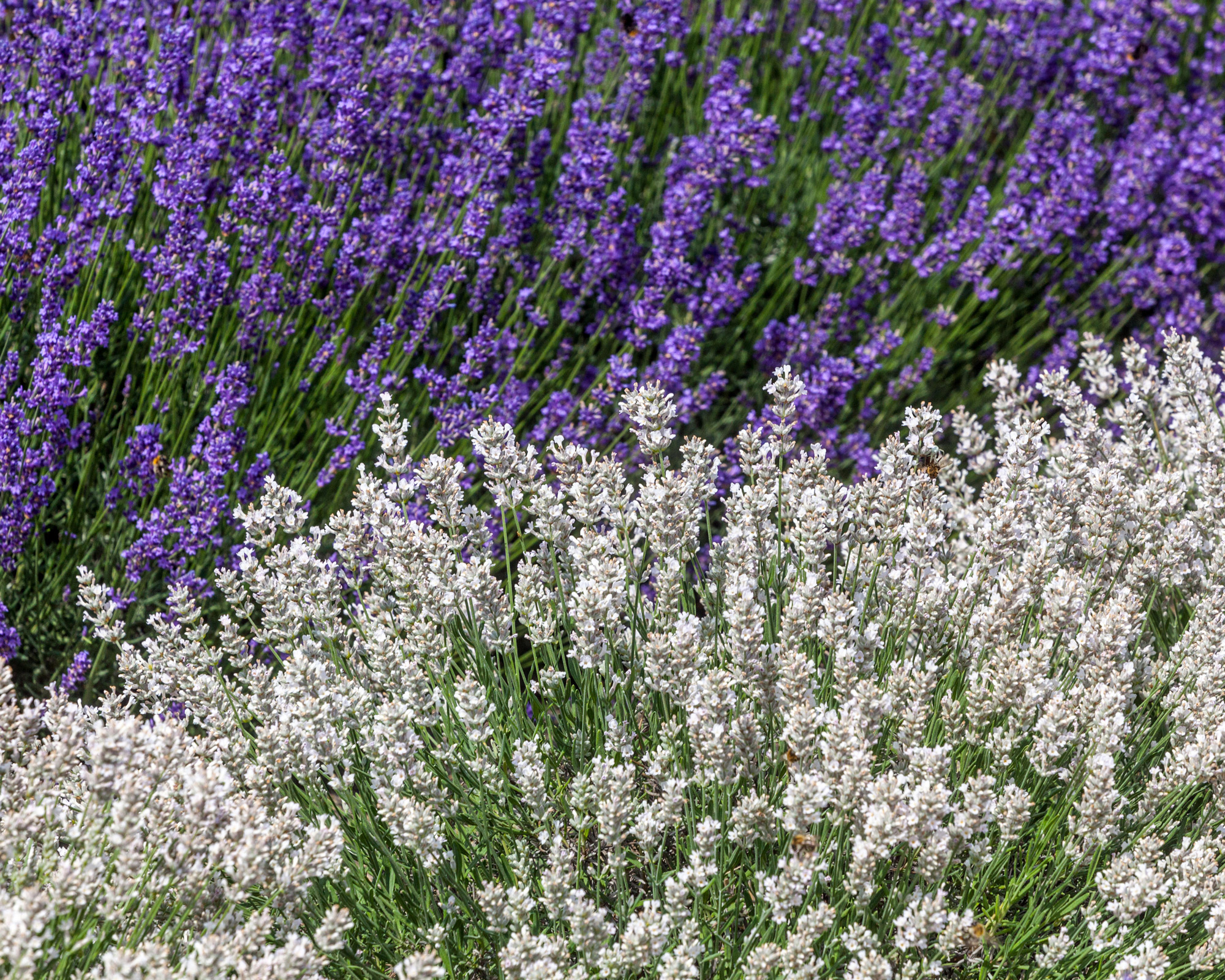
Which types of lavender are the most fragrant?
Lavender varieties grown to produce oil are the most fragrant – their foliage has the highest concentrations of aromatic oils that are in such demand. The lavenders that make the best fragrant plants are the lavandins (Lavandula x intermedia). These varieties are a cross between angustifolia and latifolia breeds. Several types of English lavender (L. angustifolia, aka ‘true’ or ‘common’ lavender) also exude an intoxicating scent and have an excellent reputation for high quality oils.
Particularly fragrant varieties of L. angustifolia and L. x intermedia also have the benefit of being most tolerant of cold winters. The x intermedia variety ‘Grosso’ is the one most widely grown for oil production, along with ‘Grappenhall’ and ‘Hidcote Giant’. Fragrant angustifolia varieties include ‘Munstead’, ‘Folgate’, ‘Melissa’, ‘Nana Alba’ and ‘Royal Velvet’. And although French lavenders are generally considered to be more subtle, ‘Papillon’ is especially well scented.
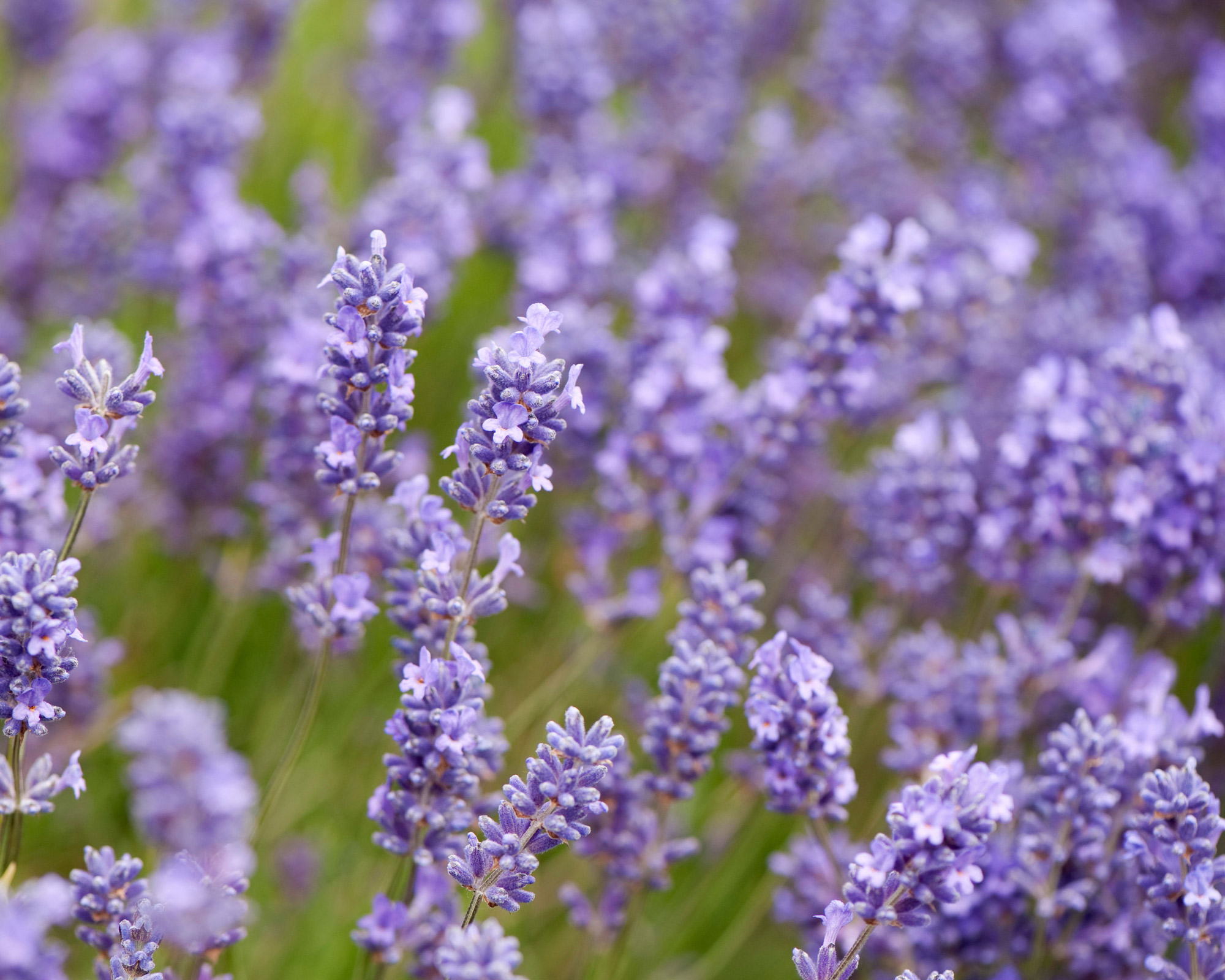
Which types of lavender repel pests?
Are you looking for plants that repel insects? Good news if you want to banish mosquitoes from your garden: lavender is one of the most effective natural repellants you can find. So if you are after the best mosquito-repellent plants to grow in your garden, you should grow some around seating areas like patios. Of course, its success depends on the strength of the aroma given off by the plants. The more aromatic the oil that the foliage and flowers produce, the more effective they are at repelling mosquitoes. Consider the well-known high-oil producing varieties ‘Grappenhall’, ‘Grosso’, ‘Hidcote Giant’ and ‘Munstead’.
There is another pest that certain types of lavender will be very effective in combating, and that’s deer. That’s right, lavenders can make great deer-resistant plants – just bear in mind that some are more resistant than others. Again, the stronger the aroma given off by the foliage and flowers, the more deer avoid them. So start with varieties that produce the most oil. From these, ‘Papillon’ is an especially popular choice.


Graham Rice is a garden writer who has won awards for his work online, and in books and magazines, on both sides of the Atlantic. He is a member of a number of Royal Horticultural Society committees and the recipient of the 2021 Garden Media Guild Lifetime Achievement Award.
